Venice, Italy
Posted on August 4, 2012
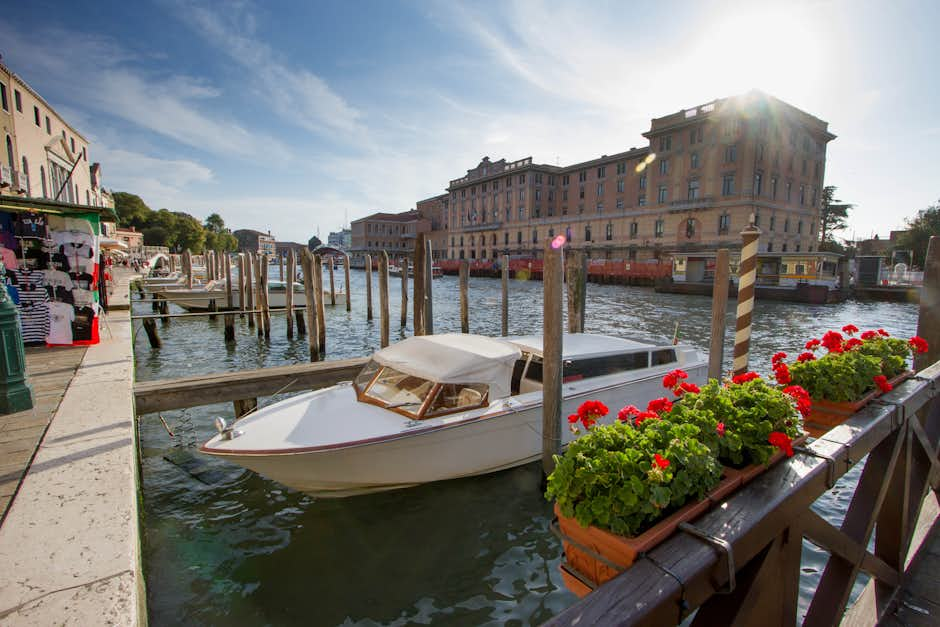
After Milan, we headed straight to Venice. My first surprise on arrival was the absence of bicycles on the island, given that the streets, while too narrow for cars, are still suitable for bicycles. It would have been a cycling paradise (and an exciting one at that) had the routes not be punctuated by bridges that can only be crossed on foot, making cycling impractical and even dangerous to pedestrians.
My second surprise was its extent. I got a wrong sense of scale looking at online maps. The real size sank in when it took me over an hour to walk halfway across the city. Yes, many sights worthy of a photograph slowed me down, but I did clock 24,000 steps that day to cover only an eighth of it twice.
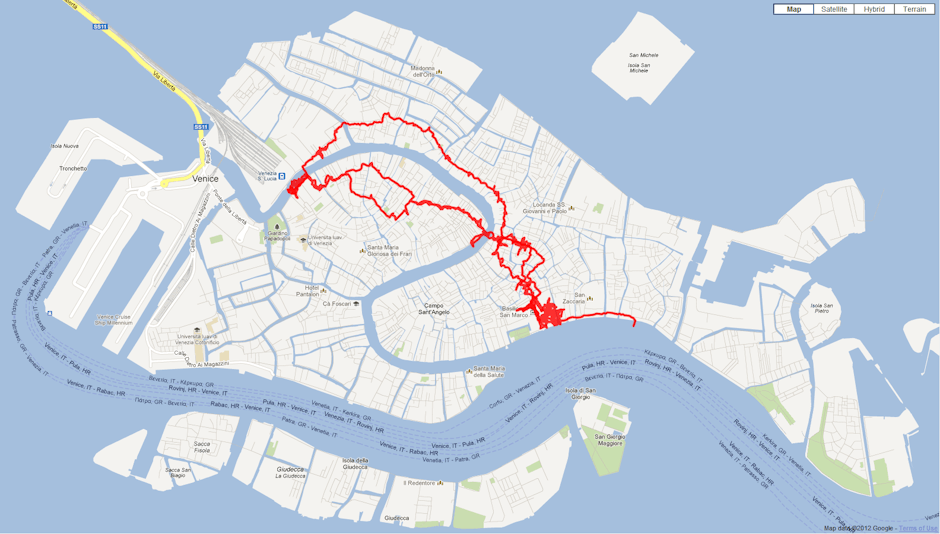 Here’s how 24,000 steps and 10 hours look like in Venice.
Here’s how 24,000 steps and 10 hours look like in Venice.
Not able to cover the ground I had hoped, my dreams of capturing the same stunning pictures I saw on fancy travel magazines withered away by noon the second day. Nevertheless, my camera worked the hardest in this city.
My third surprise came when I realized that people do live here. After coming here I understood how increasingly difficult it is to make a living here, as our guides reminded us more than a few times. The buildings are ancient, the city floods four times every winter, it’s uniquely challenging to get around, the costs of living are high and local residents are regularly out priced by affluent foreigners who settle in temporarily. While Venice has been around since 400AD or earlier, damage from industrialization and climate change may actually start to take a toll on its future viability as a place to call home.
Of course, it is vital to remain optimistic about its future and authorities are working to address the main threat – a controversial high tide defense mechanism, MOSE, is scheduled to be completed in 2014. Perhaps it is fitting then that a graduation ceremony was held in St. Mark’s Square for the first time this year; if not to celebrate the magic of Venice, then to instill youthful hope in it amongst the future generations.
 Workers bringing in supplies into Venice using the best transport available for that purpose – boats.
Workers bringing in supplies into Venice using the best transport available for that purpose – boats.
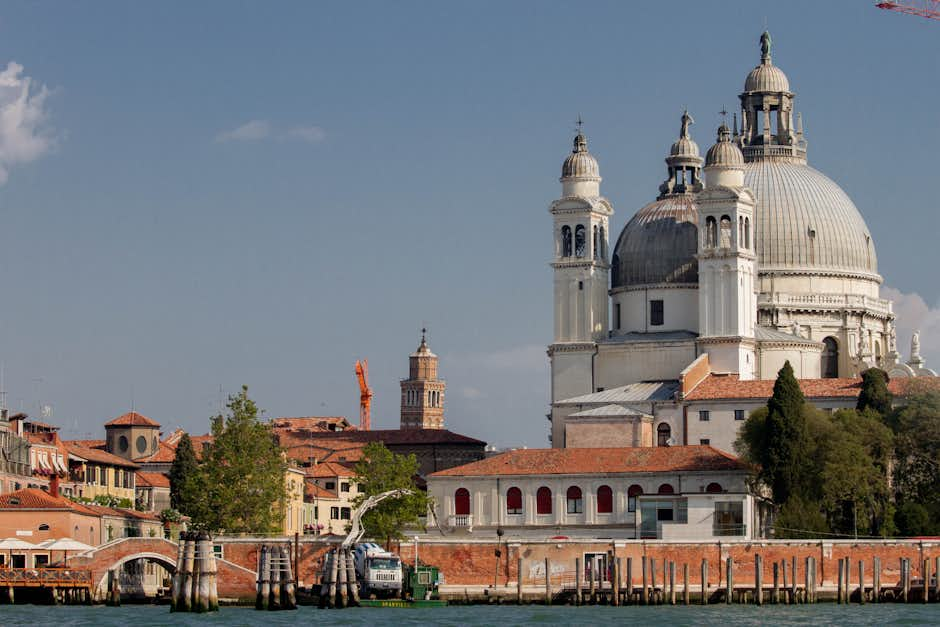 View of Basilica of St Mary of Health (Basilica di Santa Maria della Salute) from behind.
View of Basilica of St Mary of Health (Basilica di Santa Maria della Salute) from behind.
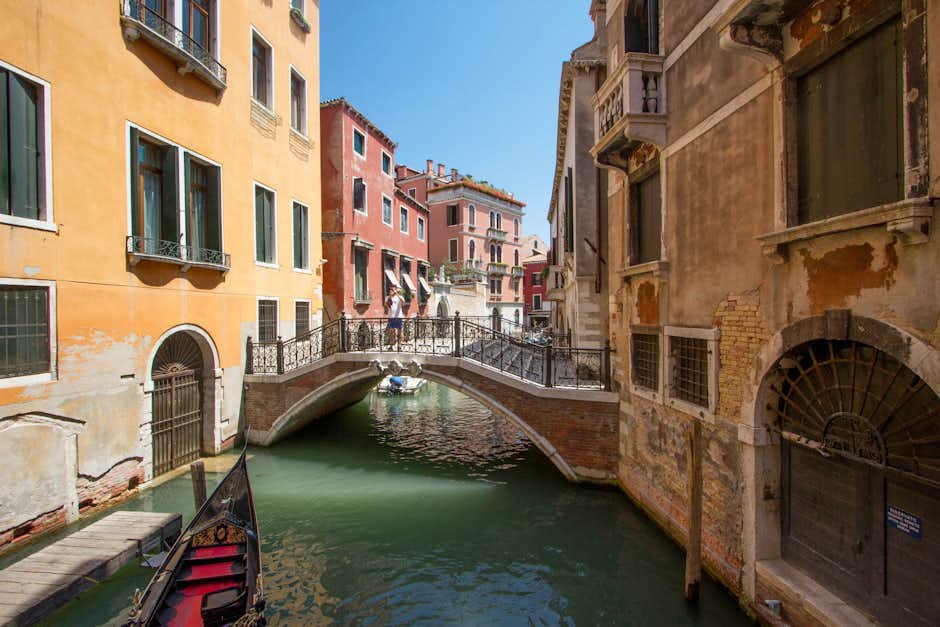
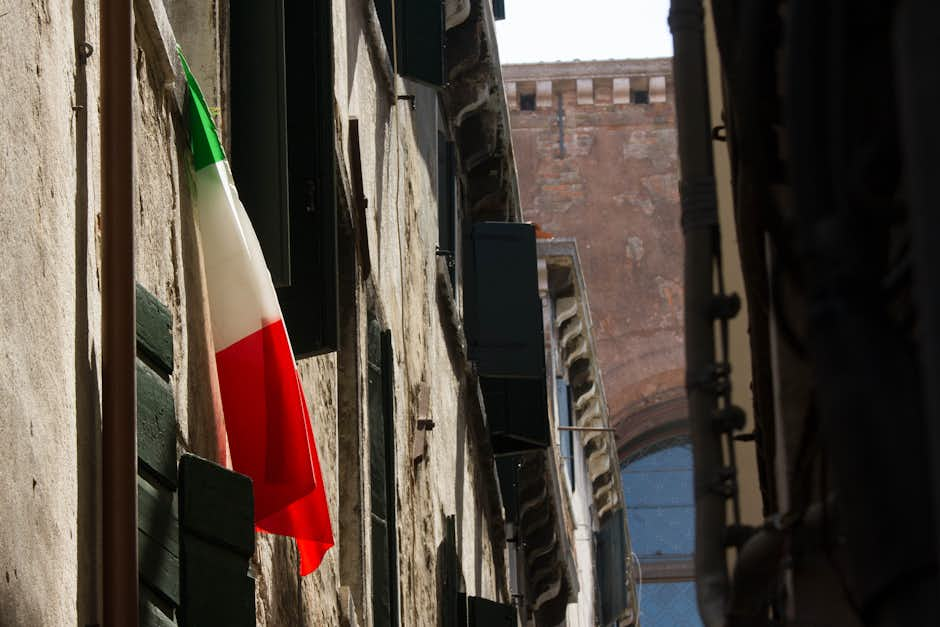

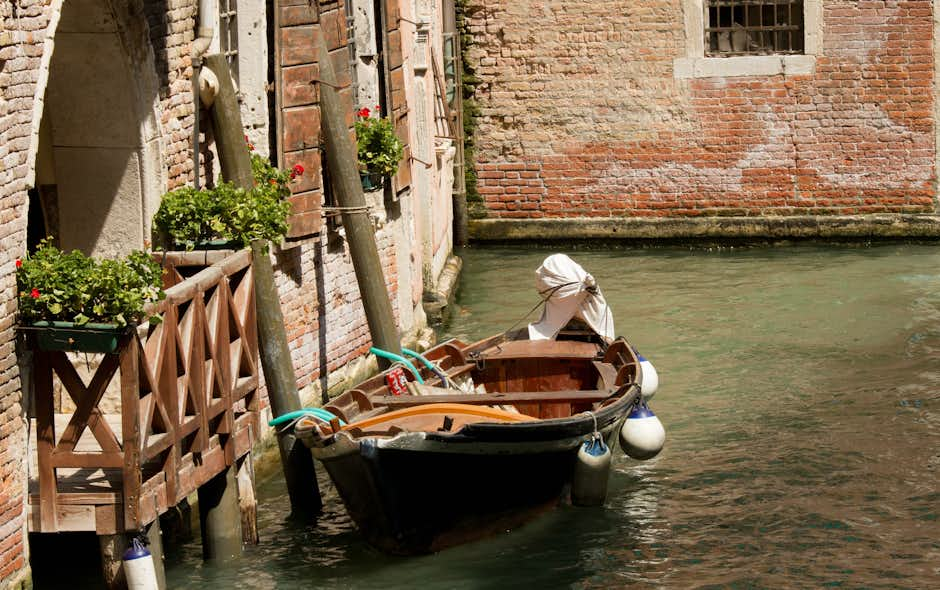

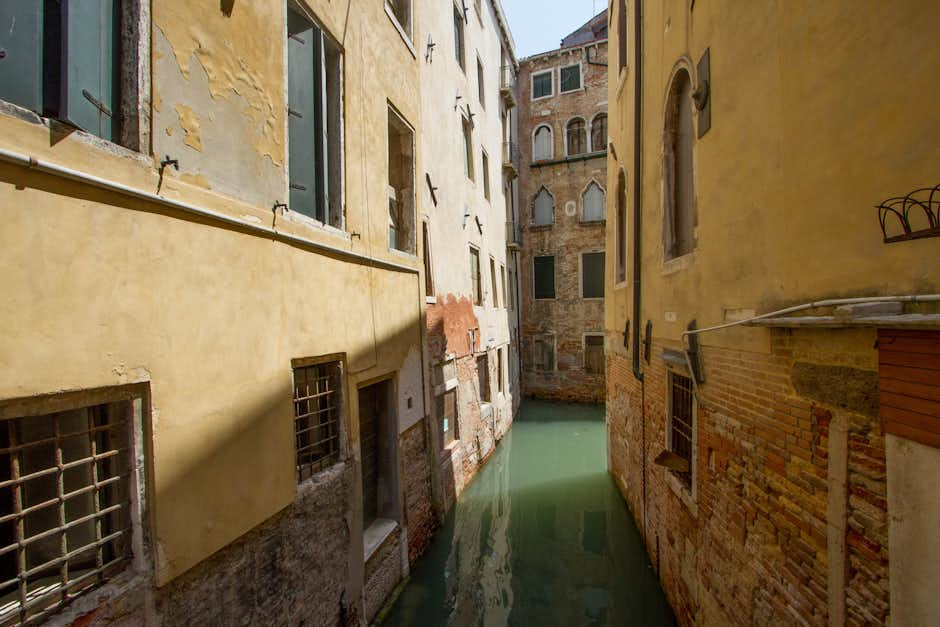





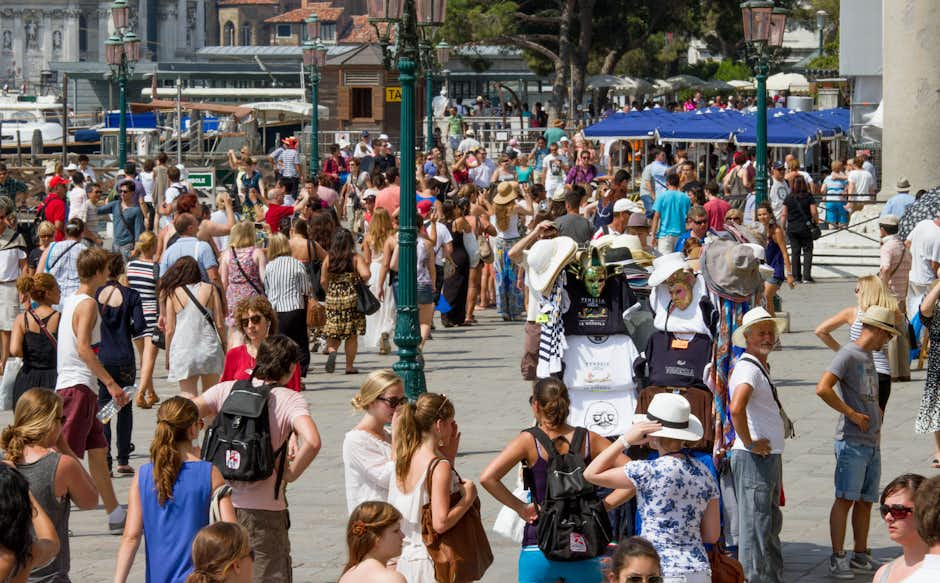 Tourists gathered at St. Mark’s Square.
Tourists gathered at St. Mark’s Square.
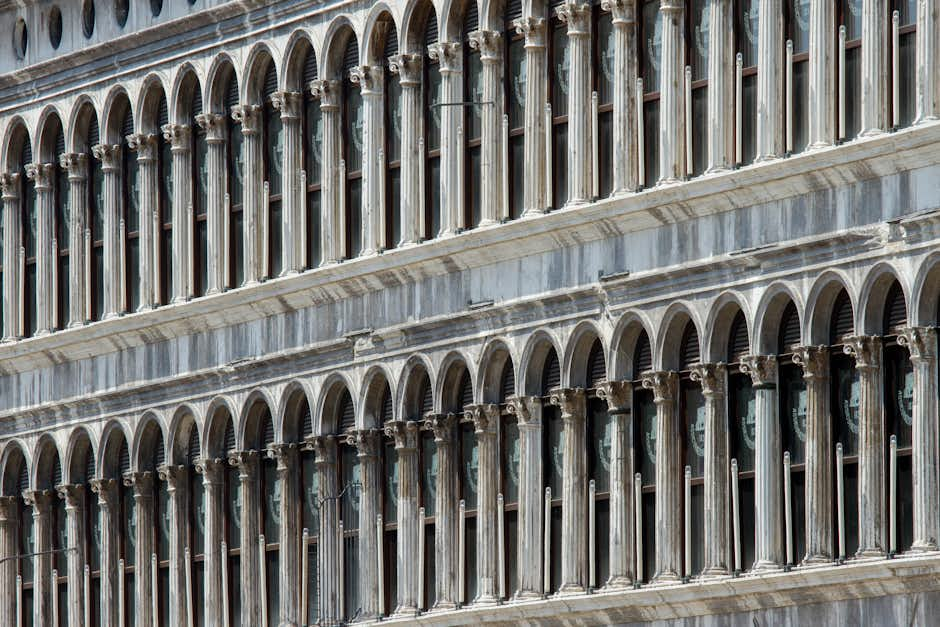
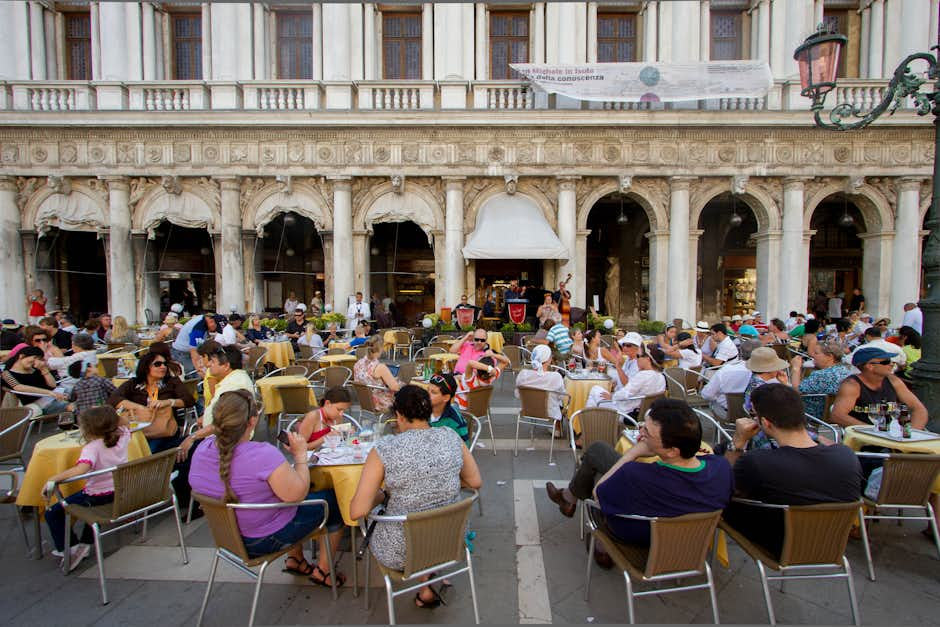
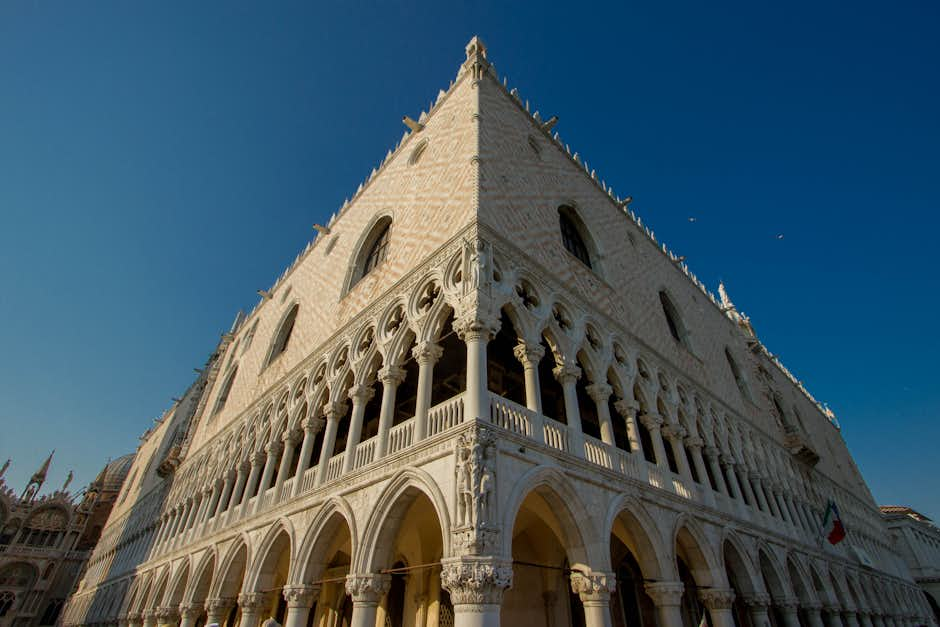 Palazzo Ducale, a residence of the Doge of Venice, now a museum.
Palazzo Ducale, a residence of the Doge of Venice, now a museum.
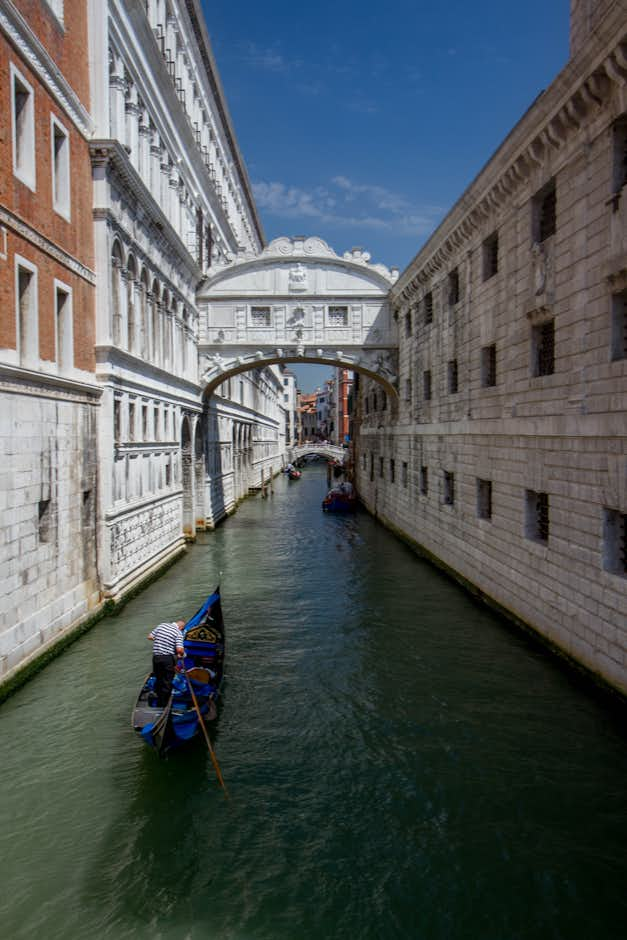 Ponte dei Sospiri, or the Bridge of Sighs.
Ponte dei Sospiri, or the Bridge of Sighs.
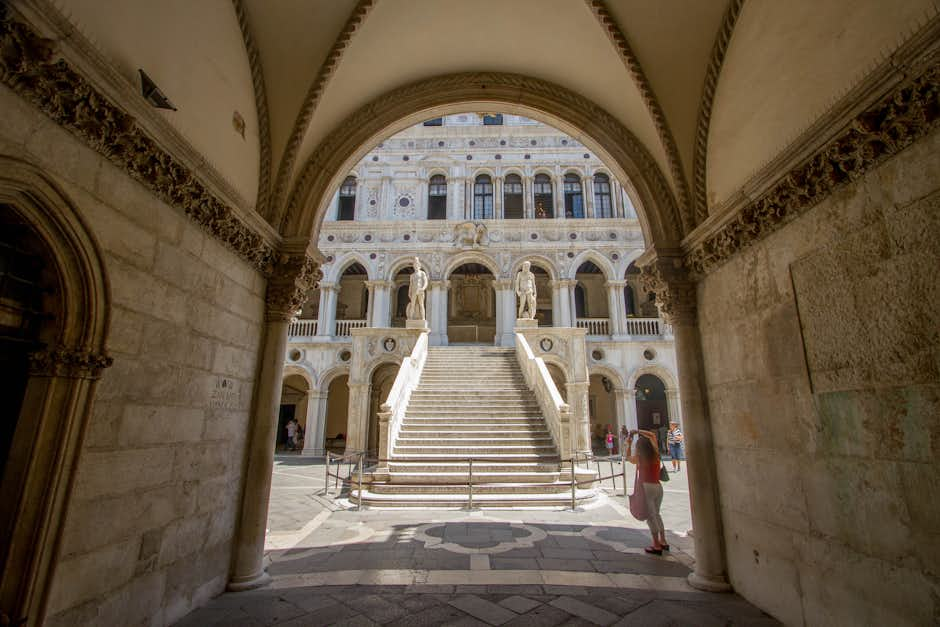 Entrance to the Palazzo Ducale from the inner courtyard.
Entrance to the Palazzo Ducale from the inner courtyard.
 St. Mark’s Basilica.
St. Mark’s Basilica.
